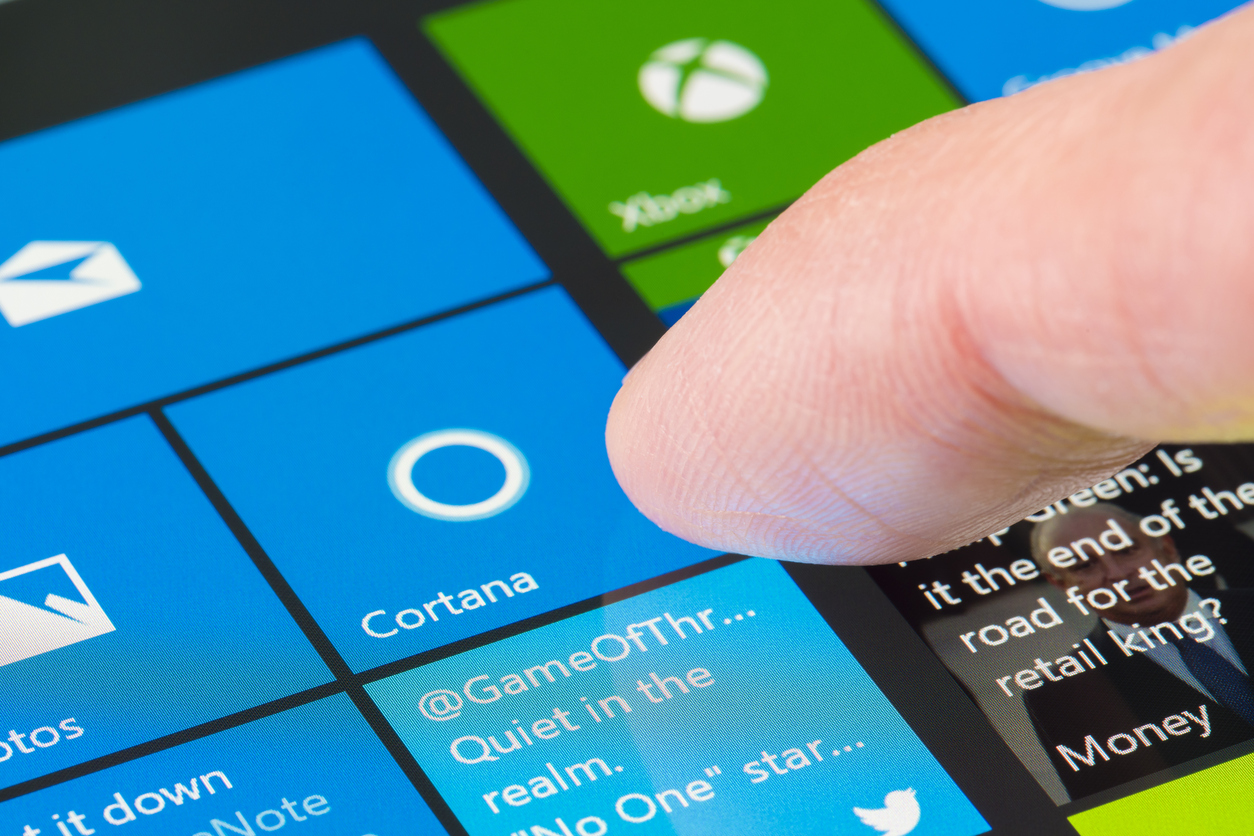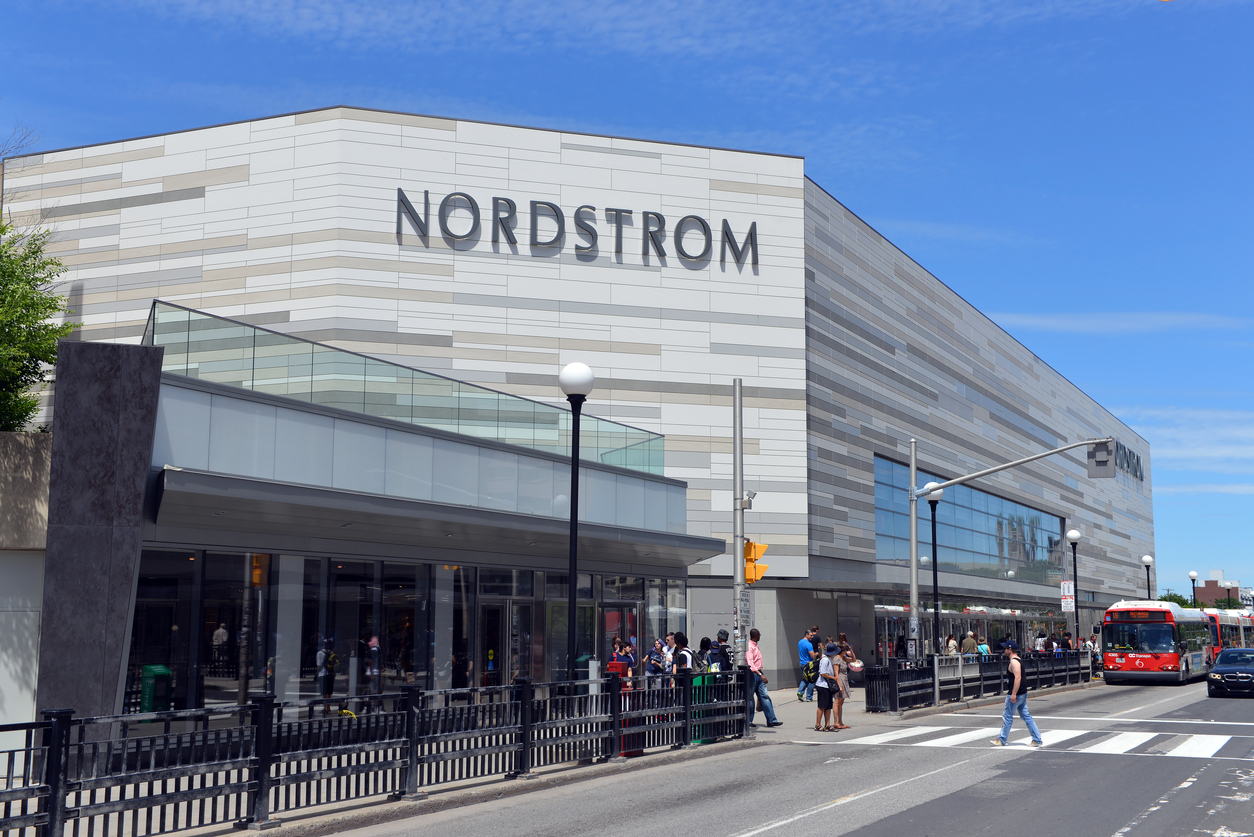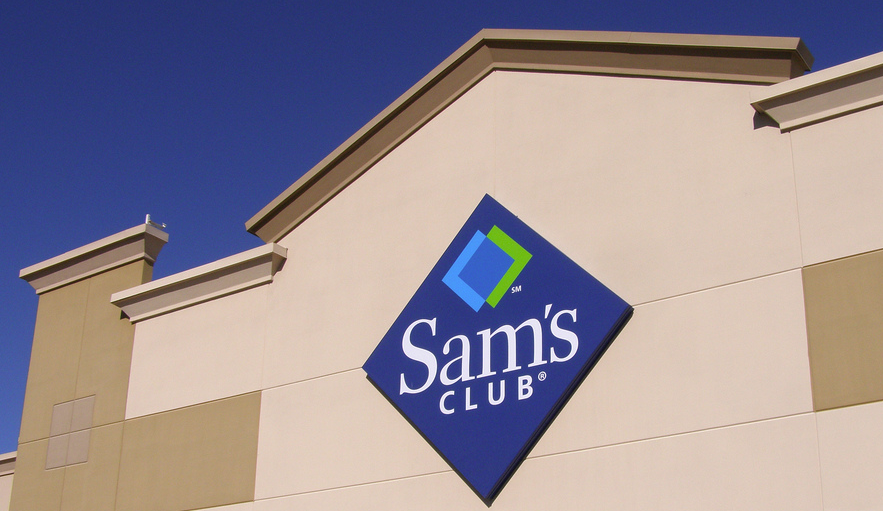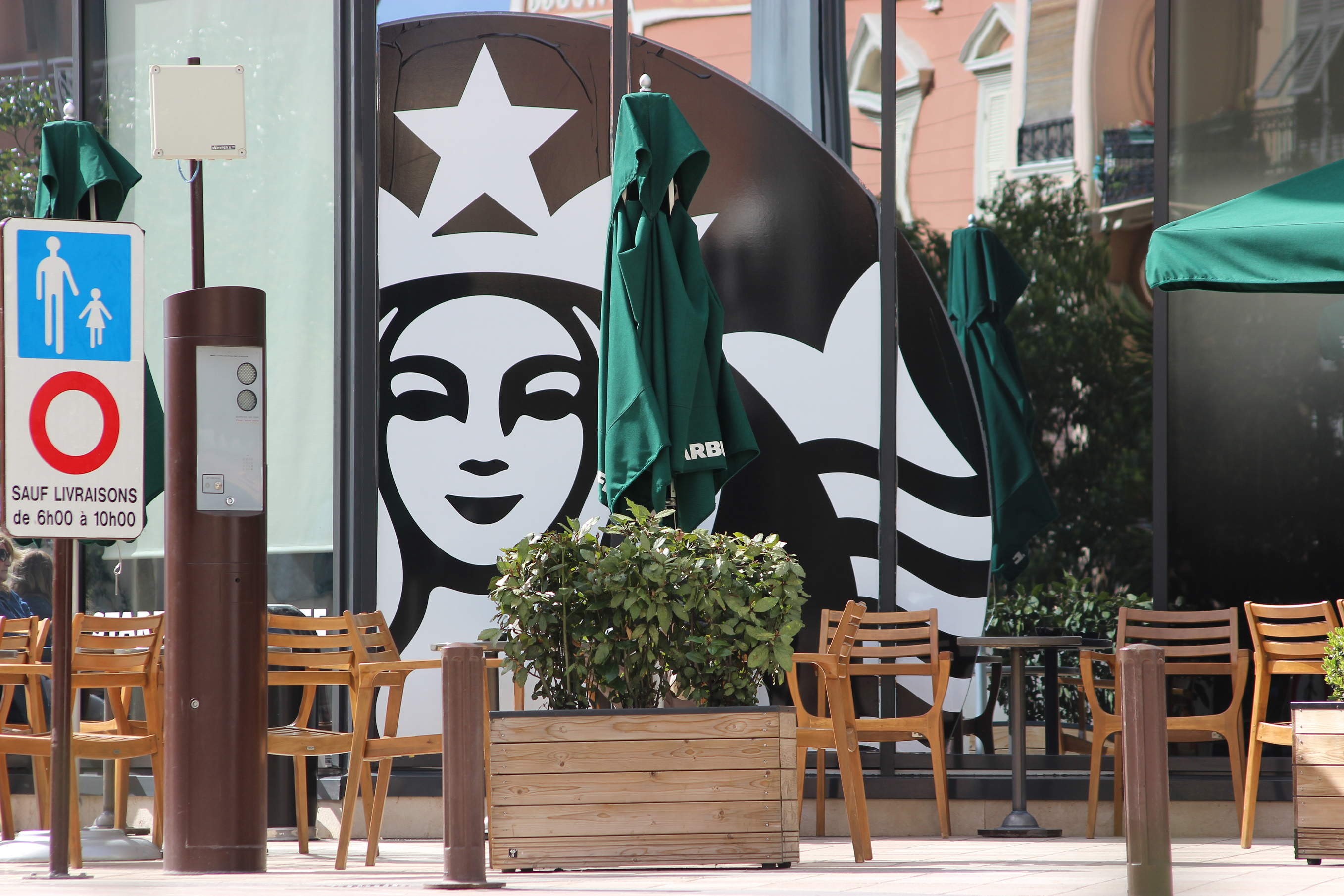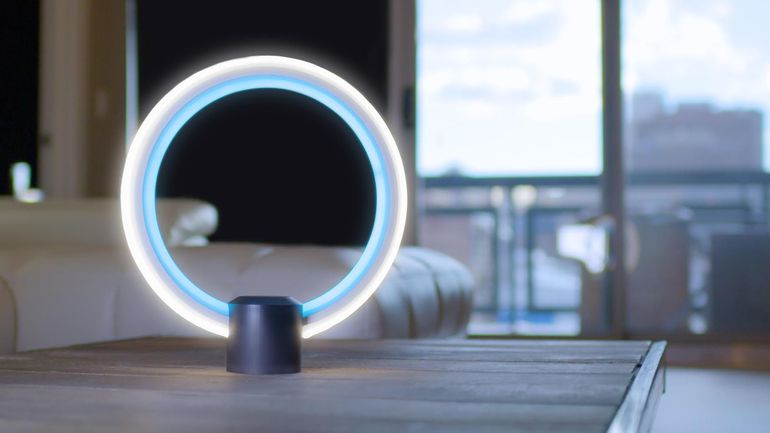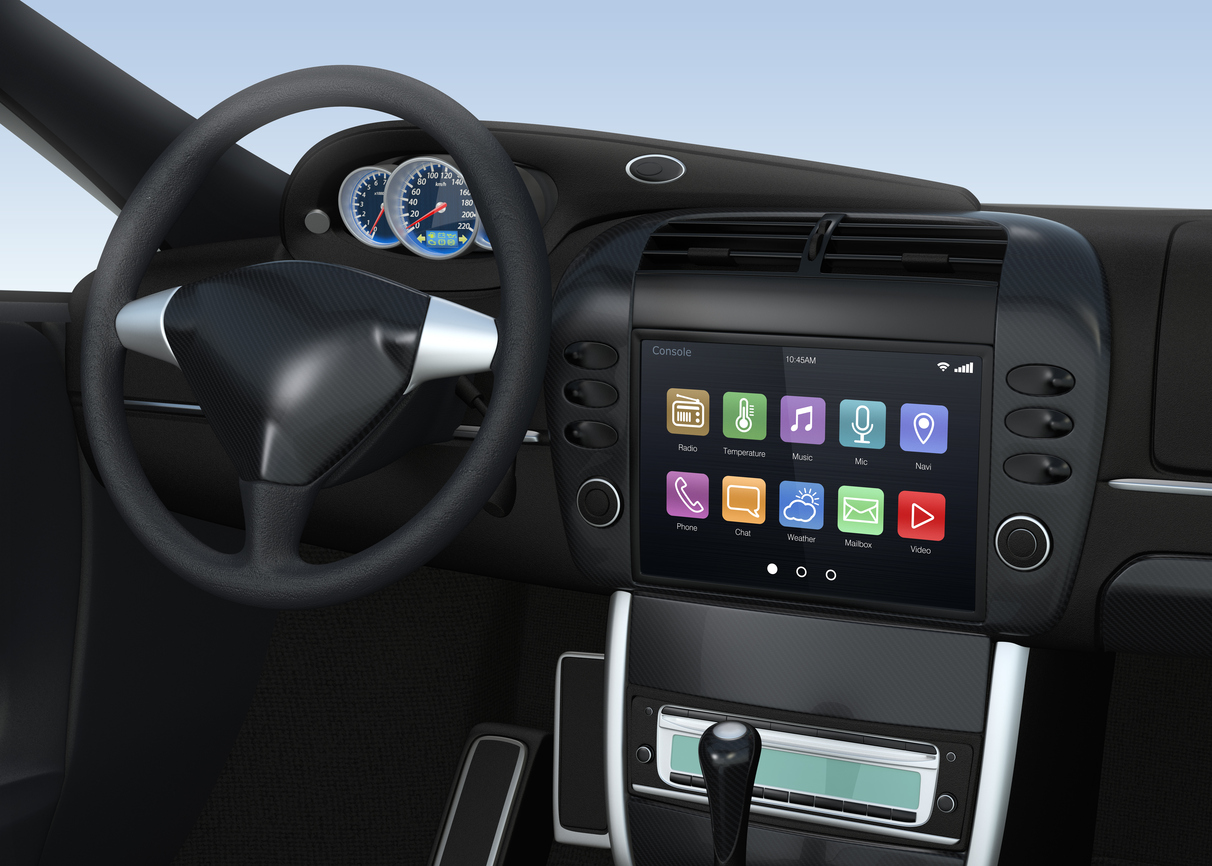What Happened
Auto insurance company GEICO has become the latest brand to join the conversational service craze with its own virtual assistant Kate. Now available via the iOS GEICO app and coming soon to its Android app, Kate can help users navigate the app and answer basic questions about their auto insurance, such as the current balance or the next payment date. Aiming to facilitate a friendly and natural interaction, GEICO opted to add some personality to Kate by designing it to answer some personal questions as well. Users can initiate a conversation with Kate either by text or voice.
What Brands Should Do
This is the latest example of how conversational virtual assistant services may transform customer experiences in financial services. In October, Bank of America announced it started working on a virtual financial adviser named Erica for its mobile apps to help customers better manage their personal finances. With Alexa dominating the IoT devices at this year’s CES and more and more brands embracing virtual assistants and chatbots to improve customer service, brands need to start developing a conversational strategy to figure out how conversational interfaces may improve your customer experience.
How We Can Help
The Lab has extensive experience in building chatbots and Alexa Skills to reach consumers on conversational interfaces, which we’ve leveraged to develop a dedicated conversational practice called Dialogue. The NiroBot we built in collaboration with Ansible for Kia is a good example of how Dialogue can help brands build a conversational customer experience supercharged by our stack of technology partners with best-in-class solutions and an insights engine that extracts business intelligence from conversational data.
If you’d like to learn more about how to effectively reach consumers on conversational interfaces, or to leverage the Lab’s expertise to take on related client opportunities within the IPG Mediabrands, please contact our Client Services Director Samantha Holland ([email protected]) to schedule a visit to the Lab.
Source: Business Wire



